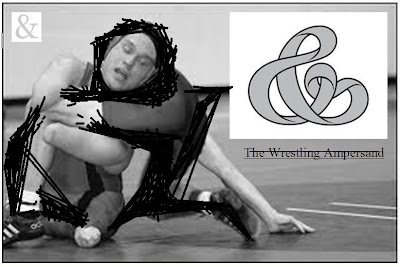

Clarification, Contradiction, and Confusion




Note to the Reader
In this story, humanity is headed for an end point, like the Big Bang, but in reverse, and for humans only. Humanity can avoid this moment of absolute concentration (or do they only speed its advance) by replacing “themselves” in the world with their self-replicates, and then by themselves going backwards through the trajectory of progress. From that point on, humans “progress backwards”, becoming less and less reliant on technology and approaching the original collective consciousness we were all part of before we became individuals (which is not much different than the anthroposphere concept of our future, as presented in the story, only it would be happening in reverse).
This transition is especially difficult because humans, by approximately the year 2070 will have bred out of themselves the ability to live without their anthropospheric bubble. They need, somehow, to breed back into their race, the ability to live like they used to (in the days of the early 21st century).
It is the written thought of his ancestors that Hassam Flessihfo uses to help him make this backwards transition. Together with his partner he passes on his reformed “genes” to his son Samm Ashcroftt, who in turn becomes the first human born with the ability to survive in complete independence of the anthroposphere.
But, it is the “genetic code” of the author himself, being manipulated through the very act of writing the book, that begins the chain reaction allowing Hassam to leave the collective human network in the first place. And it is the poem that has already been buried in the ground that will give him the wisdom to succeed. This is a story about a future which is actually created by the author himself, in real space, in real time.
There are intricacies, such as the use of time travel to extract materials from an earth in the past and bringing them backwards through time to the present, hence bringing with them surplus time-energy used by the materials to create themselves. There are speculations as to the fate of our social structure in the face of ultimate technological convergence. There are strange, fantastical scenes of life outside the sphere which encompasses human existence, where people have to revert back to the struggle against gravity – a force which has been, naturally, deselected by the people of the future.
This story also consists of journal records kept by the author. Many of the passages herein, upon which the story is built, are not, in fact, fiction (in that they were not intentionally written for this story). They are true struggles of a person trying to cope with the inadequacies of the human race, and the mysteriousness of one’s personal vision in life.
One of the basic premises of this book is that, in the future, time does not exist, and so it makes no difference that this story is being written now, but experienced in real life at some point in the future. The story and the actual events are one and the same. The very fact that it is being written is proof enough that it already exists. Even if it exists only in the form of written thought, that thought can be inspired by someone in the future, changing the way they think. Do people change the world, or do thoughts change the world? In this case, it is both, and any contradiction has been (successfully or unsuccessfully, it is yet to be judged) designed out of the authored system.
In this projected existence, people will lose their ability to create their own world. They will be given false choices that present the illusion of being creator. This, it can be argued, is already happening, even, and especially, in the midst of the cooperative/collaborative spirit of this early 21st century. It can be argued that we cooperate not for ourselves, but for the Greater Good, thereby losing sight of our own personal vision, which, in turn, is essential for the persistence of the collective. Without the self-sustaining strength of the individual, the collective falls apart, or in the case of this story, it collapses into itself, into non-existence, swallowed up by the vast nothingness of the universe – a universe once inhabited by humans, but now no more. We must not lose our ability to create our own world. This story is simply a reference, an example, of how one goes about doing this.
This is not science fiction. Neither is it based in religion, or philosophy, and it is not about a futuristic vision of the world. This story is about reconnecting, or just maintaining connection, with the Earth, the Universe, and the mystery of Life. This story is about the indisputably most pressing struggle of our time, or of any time, as long as we are human. This story is of the struggle for self-actualization.
READ:
